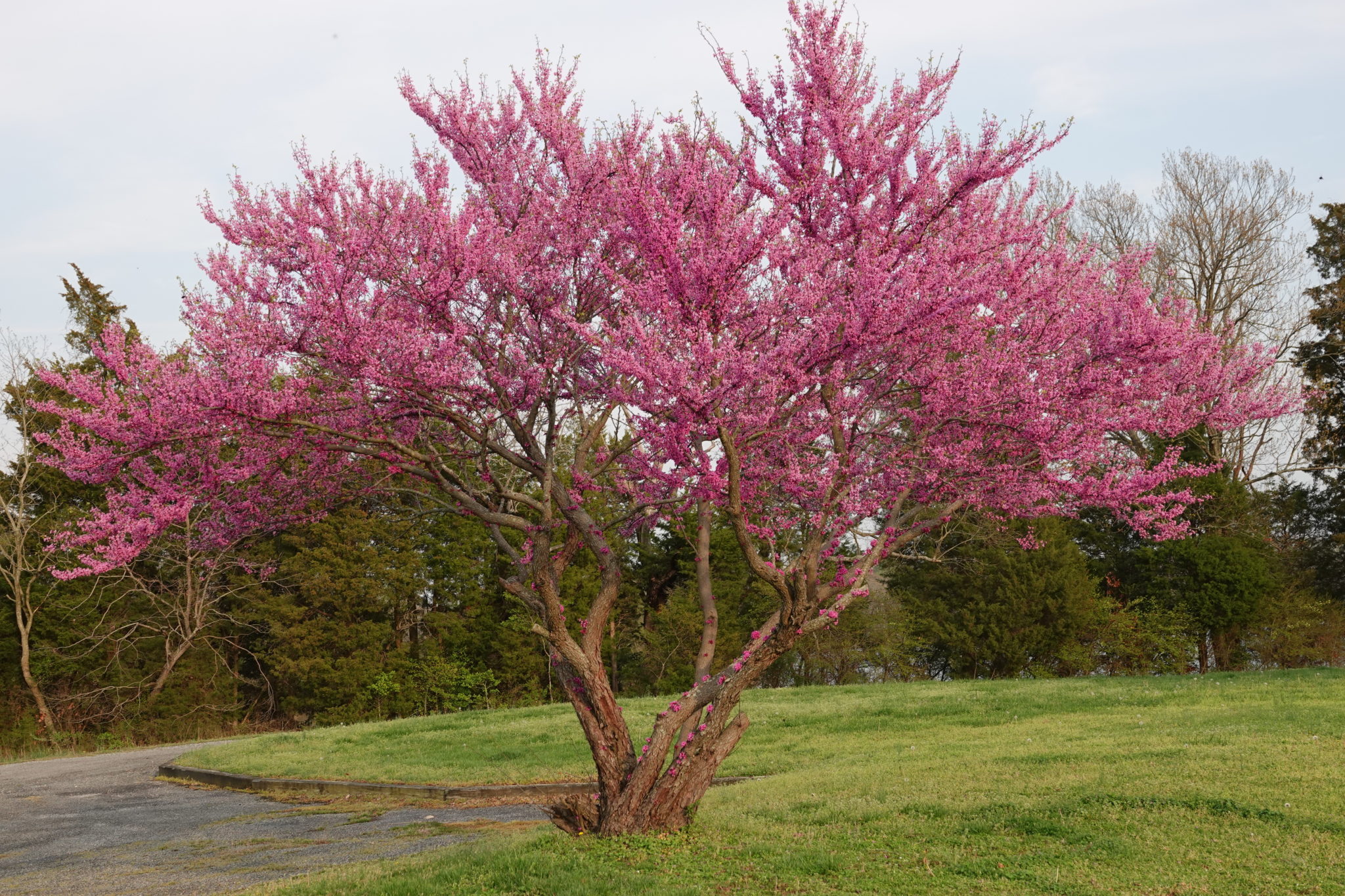
Upon first encountering the redbud tree, one cannot help but be captivated by its enchanting beauty. The vibrant hues of pink and purple flowers, delicately adorning the bare branches in early spring, create a breathtaking spectacle that instantly grabs attention. The heart-shaped leaves, emerging shortly after the blossoms, provide a lush backdrop, offering a striking contrast to the tree's colorful floral display. The redbud tree's elegant silhouette, with its rounded or vase-shaped crown, exudes a sense of grace and tranquility, making it an irresistible addition to any garden or landscape. From the moment you lay eyes on a redbud tree, its allure and natural charm are impossible to ignore.
Table of Contents
- Introduction
- Description of the Redbud Tree
- Benefits of Growing a Redbud Tree
- Caring for a Redbud Tree
- Popular Varieties of Redbud Trees
- Conclusion
Introduction
The redbud tree (Cercis canadensis) is a beautiful deciduous tree native to North America. It is known for its stunning display of pink or purple flowers in early spring, before the leaves emerge. Redbud trees are popular among gardeners and homeowners due to their ornamental value and ease of maintenance. In this article, we will explore the various aspects of the redbud tree, including its description, benefits, care tips, and popular varieties.
Description of the Redbud Tree
The redbud tree typically grows to a height of 20 to 30 feet, with a spread of 25 to 35 feet. It has a moderate growth rate and a rounded or vase-shaped crown. The heart-shaped leaves are medium green in color, turning yellow in the fall. The most striking feature of the redbud tree is its profusion of pink or purple flowers that appear in clusters along the branches in early spring, creating a breathtaking sight in any garden.
The redbud tree is also known for its distinctive bark, which is gray or reddish-brown in color and develops an interesting texture as the tree matures. During the summer, the tree produces flat, brown pods that contain small, pea-like seeds.
Benefits of Growing a Redbud Tree
There are several benefits to growing a redbud tree in your garden:
- Ornamental Value: The redbud tree's vibrant flowers and attractive foliage add beauty and color to any landscape.
- Wildlife Habitat: The flowers of the redbud tree attract pollinators, such as bees and butterflies, while the seeds provide food for birds and other wildlife.
- Shade and Privacy: With its spreading canopy, the redbud tree offers shade during the hot summer months and can serve as a natural privacy screen.
- Low Maintenance: Redbud trees are relatively low maintenance and can adapt to a variety of soil conditions. They are also resistant to most pests and diseases.
Caring for a Redbud Tree
To ensure the healthy growth of your redbud tree, follow these care tips:
- Planting: Choose a location that receives full or partial sunlight and has well-drained soil. Dig a hole twice the width of the root ball and gently place the tree in it. Backfill with soil, tamp it down, and water thoroughly.
- Watering: Redbud trees prefer moist soil, especially during the first few years of growth. Water deeply and regularly, especially during dry periods.
- Pruning: Prune your redbud tree during the dormant season to remove dead or damaged branches and to maintain its shape. Avoid heavy pruning, as it can reduce flower production.
- Fertilization: Apply a balanced fertilizer in early spring to promote healthy growth and flowering.
Popular Varieties of Redbud Trees
There are several popular varieties of redbud trees available, each with its own unique characteristics. Some of the notable varieties include:
| Variety | Description |
|---|---|
| Eastern Redbud | Native to eastern North America, this variety features pink flowers and can tolerate a wide range of soil conditions. |
| Forest Pansy | This variety is known for its stunning purple foliage that turns reddish-orange in the fall. It produces pink flowers in spring. |
| Texas Redbud | Native to Texas, this variety showcases bright pink flowers and has a more compact growth habit compared to other redbud trees. |
| Appalachian Red | Characterized by deep pink flowers and glossy green leaves, this variety is a great choice for smaller landscapes. |
Conclusion
The redbud tree is a stunning addition to any garden, offering beautiful flowers, attractive foliage, and numerous benefits for wildlife. With proper care and maintenance, this deciduous tree can thrive and enhance the beauty of your landscape for years to come. Consider planting a redbud tree in your garden and enjoy its vibrant colors and natural charm.



0 Comments